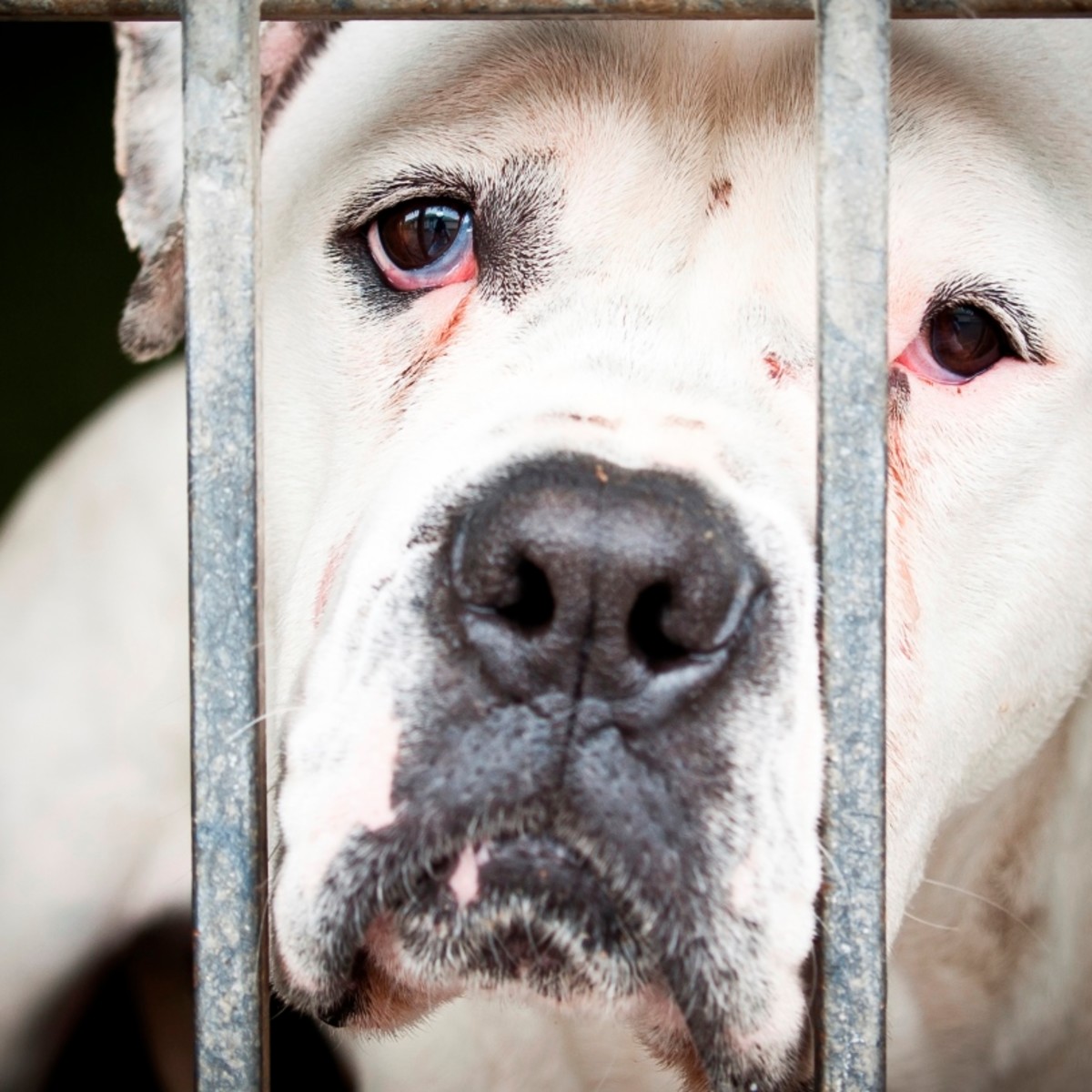Animal cruelty is a pervasive issue that often lurks in the shadows of society’s collective conscience. It manifests in various forms, from neglect and abandonment to deliberate harm and exploitation. As alarming as it may be, the reality of animal cruelty can often feel distant or unrelatable to many. However, understanding the stark truths surrounding this matter is imperative for anyone who advocates for humane treatment and empathy towards our fellow creatures. Here are eleven powerful facts about animal cruelty that might shock you.
1. The Extent of Implicit Cruelty
While physical abuse is often the most visible form of animal cruelty, it is important to recognize that neglect can be just as insidious. Thousands of animals suffer in silence due to lack of food, water, and proper shelter. This persistent negligence can lead to malnourishment and illness, highlighting that cruelty is not always easily identifiable.
2. Unregulated Puppy Mills
The commercial breeding of dogs in puppy mills is an abhorrent reality. These facilities prioritize profit over the welfare of animals, leading to overcrowded conditions, poor health, and lack of socialization for the puppies. With an estimated 10,000 puppy mills operating in the United States, it becomes crucial to question the source of where pets are adopted and the conditions under which they were bred.
3. The Dark Side of Entertainment
Animals are often exploited for entertainment purposes, as seen in circuses, roadside zoos, and marine parks. Behind the glittering facade lies a plethora of cruel training methods and confined living spaces that strip these beings of their natural instincts and dignity. The suffering endured by these animals is a stark reminder that the pursuit of enjoyment shouldn’t come at the expense of living beings.
4. Abandonment Rates Reach Alarming Numbers
Every year, millions of animals, especially cats and dogs, are abandoned, often as a result of owner irresponsibility or financial strain. According to statistics, approximately 3.3 million dogs enter U.S. shelters every year. This staggering figure calls for deeper introspection on the societal attitudes towards pet ownership and the responsibilities that accompany it.
5. Animal Testing Reality
The beauty and pharmaceutical industries often participate in testing products on animals, subjecting them to painful procedures that can lead to death. Despite advancements in alternative testing methods, animals still bear the brunt of outdated practices. The ethical implications are profound, raising questions about the balance between scientific discovery and humane treatment.
6. The Influence of Culture and Legislation
Animal cruelty is often rooted in cultural attitudes and legislative inadequacies. In some regions, animals are viewed as mere property, leading to insufficient legal protections. The laws vary significantly around the world; while some nations have stringent animal welfare regulations, others lack even the most basic safeguards. This discrepancy creates a troubling landscape for animal protection efforts.
7. Feral Cats Population Crisis
Feral cat populations have surged in urban and rural communities alike, leading to an ongoing cycle of suffering. These cats often face harsh living conditions, disease, and starvation. Efforts to manage these populations through humane methods, such as TNR (Trap-Neuter-Return), are crucial for providing a solution that respects both the animals and the needs of local communities.
8. Impact of Human Behavior
Human behaviors significantly affect animal welfare. Instances of hoarding, where individuals accumulate numerous animals without the means to care for them, are increasing. Moreover, the actions of individuals can lead to larger systemic issues, such as factory farming and habitat destruction. This interconnectedness reveals that every choice we make can directly impact animal well-being.
9. Work Animals Often Overlooked
Animals used for labor, such as horses, donkeys, and elephants, frequently experience exploitation and abuse. They are often subjected to excessive workloads and inadequate veterinary care, leading to a diminished quality of life. The historical contributions of these creatures to human progress should not overshadow the need for their well-being and humane treatment.
10. The Psychological Toll
The impact of witnessing or committing acts of animal cruelty extends beyond the animals—it can have severe psychological implications for humans as well. Many studies suggest a correlation between animal abuse and human violence, hinting at deeper societal issues. Addressing animal cruelty may, therefore, have broader implications for public health and safety.
11. The Call for Advocacy
Finally, one of the most powerful facts is that change is possible. Grassroots organizations and individual activists are making strides towards better laws, greater awareness, and improved conditions for countless animals. The evolution of public sentiment towards animal welfare is on the rise, illustrating that informed and compassionate individuals can shift the narrative surrounding cruelty.
Awareness of animal cruelty is the first step toward mitigation. By understanding these shocking realities, we can arm ourselves with knowledge and empathy, driving efforts to advocate for more humane treatment of animals. Each fact is a plea—not just for awareness, but for action. If we are to foster a society marked by kindness and compassion, then it becomes imperative to advocate for those who cannot speak for themselves.





